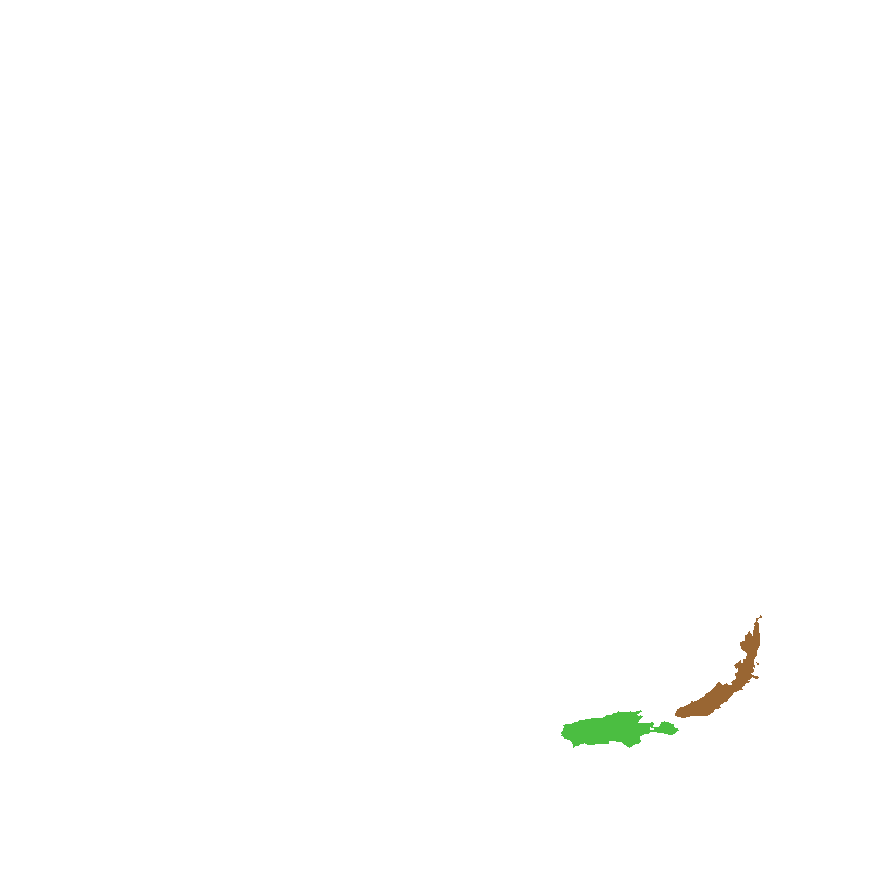













Prior names
Hibbertia aspera, partly
Hibbertia sp."B"
Hibbertia sp. B
Hibbertia billardierei var. parviflora
Hibbertia billardierei
Etymology
Hibbertia, named after George Hibbert (1757-1837), a London merchant who maintained a private botanic garden at Chelsea. Empetrifolia means having leaves like the genus Empetrum (Crowberry). Radians from Latin meaning radiating, referring to the characteristic broad-tuberculed radiating stellate hairs on leaves of the subspecies.
Distribution and status
Endemic to South Australia and found on Kangaroo Island and Fleurieu Peninsula, growing on shallow lateritic soil, often with ironstone in woodland or mallee but also in scrub or disturbed vegetation. Native. Uncommon in South Australia.
Herbarium regions: Southern Lofty, Kangaroo Island
NRM regions: Adelaide and Mount Lofty Ranges, Kangaroo Island
AVH map: SA distribution map (external link)
Plant description
Shrublets with prostrate, rarely decumbent, slightly woody branches to 35 cm long; covered more or less with large broad-tuberculed, multi-angular radiating stellate hairs, between/over smaller antrorse or erect stellate hairs on branches, upper leaf surface, lower petiole, the lower central vein and calyx, all with a broad disc of base cells, sometimes interspersed with very small unicellular hooked hairs without tubercule base, on upper leaf surface and calyx. Flowers small yellow on a long stalk. Flowering between August and December. Fruits are brown ovoid capsule.
Seed collection and propagation
Collect seeds between October and January. Collect mature capsules, those that are turning a pale straw colour and contain brown seeds. Place the capsules in a tray and leave to dry for one to two weeks. Then rub the capsules gently by hand to dislodge the seeds. Use a sieve to separate the unwanted material. Store the seeds with a desiccant such as dried silica beads or dry rice, in an air tight container in a cool and dry place. This genus tends to have low seed viability. This species has morpho-physiological dormancy and can be difficult to germinate.
| Location | No. of seeds (weight grams) | Number of plants | Date collected | Collection number Collection location | Date stored | % Viability | Storage temperature |
|---|---|---|---|---|---|---|---|
| BGA | 630 (3.540 g) | 15 | 19-Nov-2021 | D.A.Young (Mt Stockdale Road) Kangaroo Island | 7-Jul-2022 | 5% | -18°C |
| BGA | 1,640 (9.230 g) | 34 | 19-Nov-2021 | DJD4115 Kangaroo Island | 7-Jul-2022 | 75% | -18°C |
| BGA | 360 (2.035 g) | 40 | 12-Dec-2021 | JRG864 Kangaroo Island | 7-Jul-2022 | 32% | -18°C |
Number of plants: This is the number of plants from which the seeds were collected.
Collection location: The Herbarium of South Australia's region name.
% Viability: Percentage of filled healthy seeds determined by a cut test or x-ray.